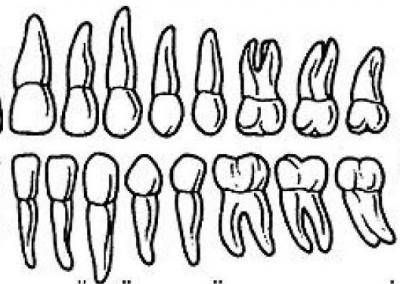Use the diagram to answer the question that follows

omnivores
herbivores
canivores
omnivores and canivore
Correct answer is A
No explanation has been provided for this answer.
The difference in structure, morphological and behavior of plant and animal is called
adaptation
evolution
variation
succession
Correct answer is C
Variation, in biology, any difference between cells, individual organisms, or groups of organisms of any species caused either by genetic differences (genotypic variation) or by the effect of environmental factors on the expression of the genetic potentials (phenotypic variation).
Variation may be shown in physical appearance, metabolism, fertility, mode of reproduction, behaviour, learning and mental ability, and other obvious or measurable characters.
The protista that is a producer in an aquatic food chain is
trypanosome
paramecium
chlamydomonas
amoeba
Correct answer is C
Protists are single celled organisms that contain chloroplasts to aid photosynthesis.
Algae → Protozoa → Small Insects → Large aquatic Insects → Small fish → Large fish
The appendicular skeleton includes
pectoral and pelvic girdles
forelimbs, skull and pectoral girdle
lungs and ribs
skull and the vertebral column
Correct answer is A
The appendicular skeleton is the portion of the skeleton of vertebrates consisting of the bones that support the appendages.
The appendicular skeleton includes the skeletal elements within the limbs, as well as supporting pectoral and pelvic girdles
Pectoral girdles, arms and forearms, pelvis, thighs and legs, feet and ankles
The level of organization of Amoeba and Euglena cell is ________?
organ
system
cell
tissue
Correct answer is C
In unicellular organisms, the single cell performs all life functions. Examples are Amoeba, Euglena
Life can be organised into several different levels of function and complexity.
These functional levels are: cells, tissues, organs, systems and organisms.
Every living thing is made up of a cell or a number of cells.
JAMB Subjects
Aptitude Tests